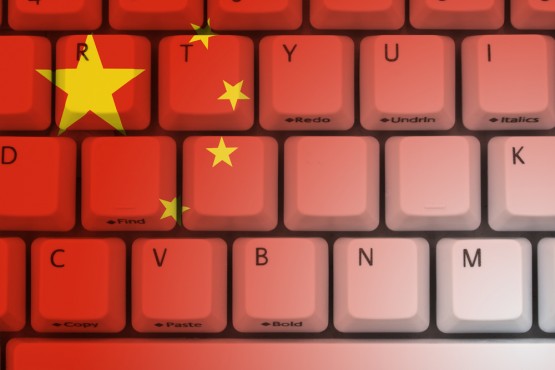
The Italian government has recently signed a memorandum of under-standing with Yun Ma, founder and chairman of the Chinese colossus of online commerce Alibaba, in order to create conditions for greater opportunities for the Italian companies through the group’s web platforms.
The E-commerce sector, in fact, represents an important opportunity for business; it is recording a considerable growth of users and operators who, for various reasons, are interfacing with it.
The users of the web in China are now close to 600 million; the income generated by the volumes of online business is growing steadily, to the point that China is now about to become the largest e-commerce market in the world. Such strength comes from the rise of the middle class, habitual consumers who, in recent years, have developed an increasing attention in purchasing high-quality products and thus demonstrating a strong loyalty to certain brands.
As a result, statistics relating to on-line sales of various companies recorded an increase of repeated pur-chases in the same year by the same consumer.
The main drive of the growth of the chinese e-commerce is linked to the development of platforms for the on-line commerce, to the social-media and to the digital payments or through mobile devices. Com-mercial platforms constitute the basis of the expansion of this sector, gaining strength not just locally, but also globally. Alibaba is one of these realities. Although it is less known than Amazon or Ebay, it is China’s leading e-commerce B2C (business to consumer) and C2C (consumer to consumer).
In 2013 the total value of goods sold by Alibaba was greater than the one distributed by the two U.S. companies as a whole.
The Chinese colossus operates through two different platforms, Taobao in relation to the C2C commerce and Tmall for the B2C commerce.
Social networks, as Wechat and Sina Weibo (similar to Twitter), are proving to be the added value in the growth of on-line commerce.
Through instant feedback and easy-to-use interfaces, such tools are now a reference point for e-consumers, used to share advices on purchases, to publish reviews on pro-ducts and to search for suggestions.
A 40% of online consumers (the double compared to the U.S.) normally uses social networks to read and post reviews.
The increased use of modern smartphones is also accompanying the rise of the e-commerce.
If in 2012 the transactions made through mobile devices were worth 7.8 billion USD, it is expected that in 2015 they will exceed 40 billion USD. The purchase through these devices is in line with the wish of rapidty shown by the Chinese consumer.
According to data recorded by Taobao, the time slot with more traffic of the so called “Mobile shopping” is 10 am; furthermore purchases made with these in-struments are faster than those made using a PC.
The trend toward a more functional use of smart-phones and tablets will lead to a constant increase of what can begin to define itself as mobile-commerce.
In parallel, the methods of payment will have to be optimized and made more functional to allow easier on-line payments within these new frontiers.
China is looking towards possible innovations to upgrade smartphones into payment tools; for ex-ample, Alibaba is developing a system that will allow users to make quick payments through QR codes’ scan.
(Shanghai Office – Mattia Nannini – 00862151501952)








